The James Webb Space Telescope has delivered one of its most breathtaking discoveries yet: the long-hidden core of the Butterfly Nebula, a dazzling planetary nebula located roughly 3,400 light-years away in the constellation Scorpius. Known for its iconic wing-like appearance, this cosmic beauty has revealed secrets that scientists had been trying to uncover for decades.
The Star at the Center
At the heart of the nebula lies an extraordinary star, now visible thanks to Webb’s infrared vision. This dying stellar core is one of the hottest of its kind in our galaxy, with surface temperatures soaring above 200,000 degrees. For years, thick clouds of gas and dust blocked the view, but Webb has pierced through, exposing the powerhouse that carved the nebula’s dramatic shape.
A Sculpted Cosmic Landscape
The Butterfly Nebula’s structure is defined by massive outflows of gas and a dense, doughnut-shaped ring of dust. These features have created its symmetrical, wing-like lobes that stretch across space. Webb’s observations have revealed layers of ionized gases, as well as high-speed jets blasting outward, showing that this is not a calm, static environment but one of intense cosmic activity.
Crystals and Organic Clues
A surprising discovery within the nebula was the presence of crystalline silicates—tiny mineral grains similar to quartz—as well as complex carbon-based molecules. The latter, known as polycyclic aromatic hydrocarbons, are essential building blocks for life. Their presence in such a harsh, oxygen-rich environment challenges old assumptions and offers clues to how organic chemistry can emerge in the universe.
A Stellar Death That Fuels New Beginnings
The Butterfly Nebula represents the final stages of a Sun-like star’s life. As it sheds its outer layers, it enriches the surrounding galaxy with heavy elements and molecules that may one day contribute to the birth of new stars and planets. Webb’s findings highlight how endings in space can also be beginnings, turning stellar destruction into seeds for creation.

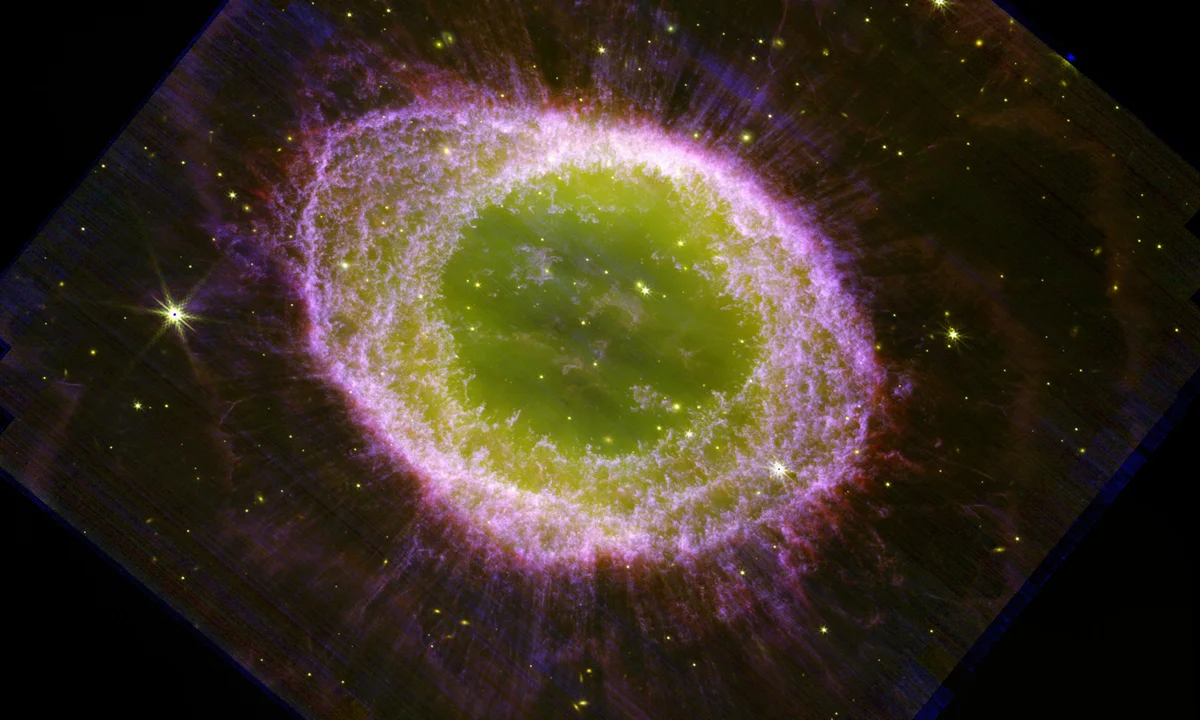




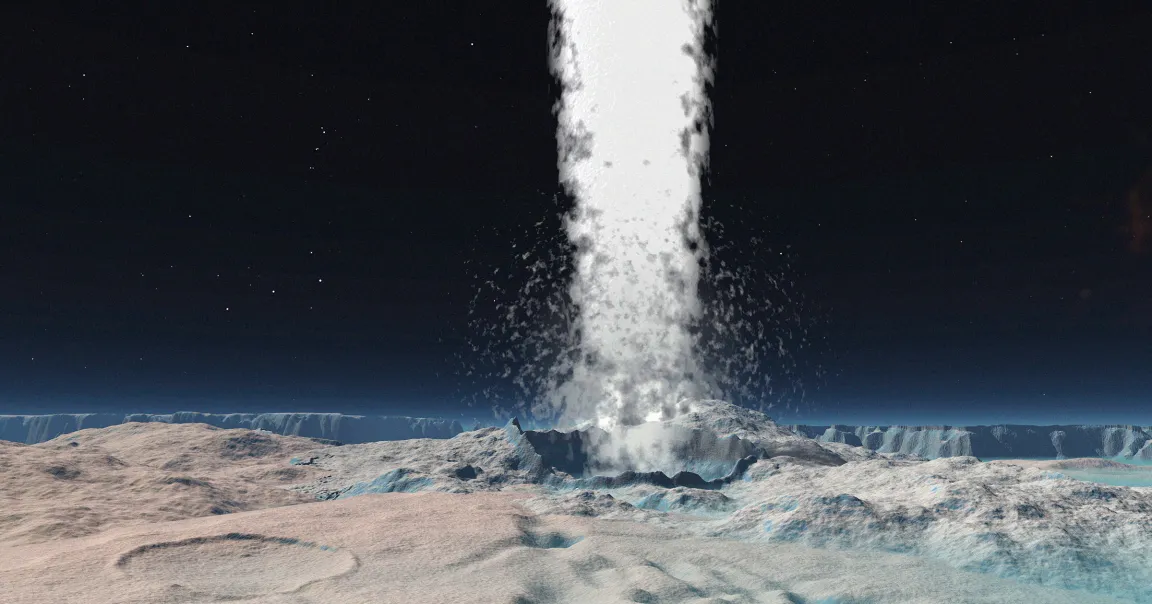
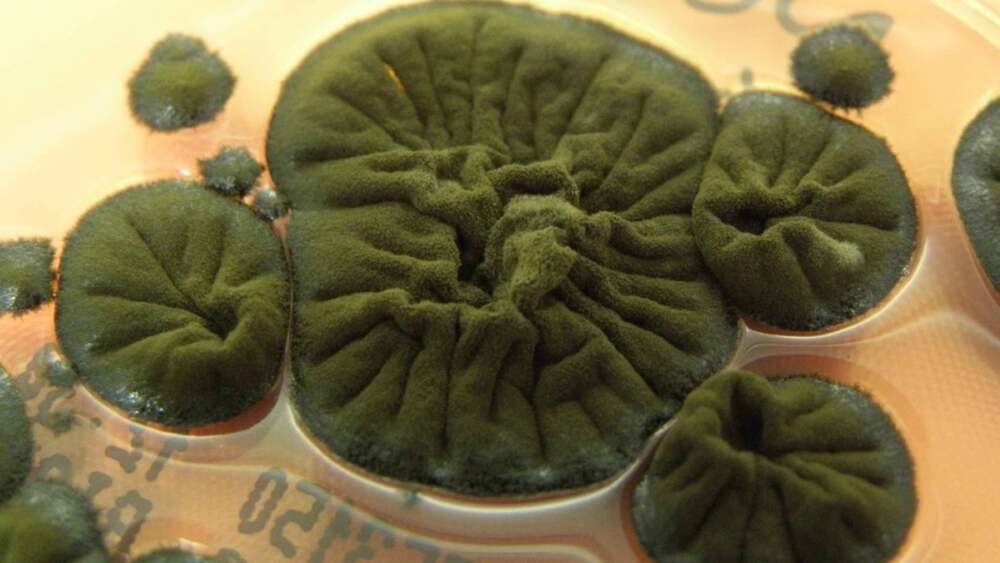
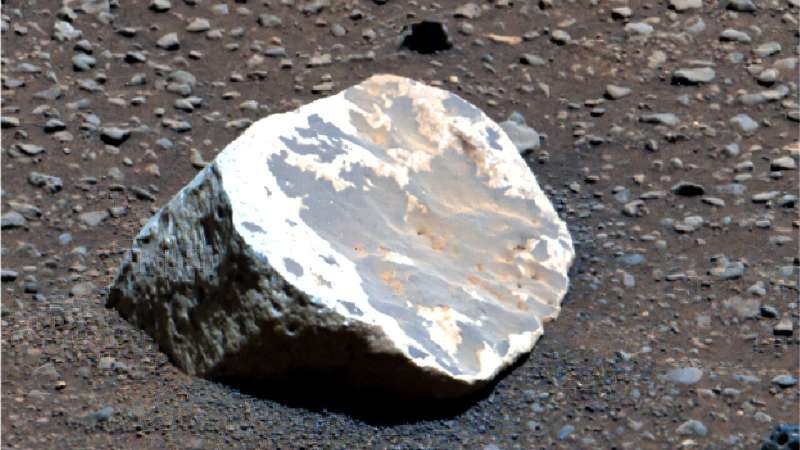
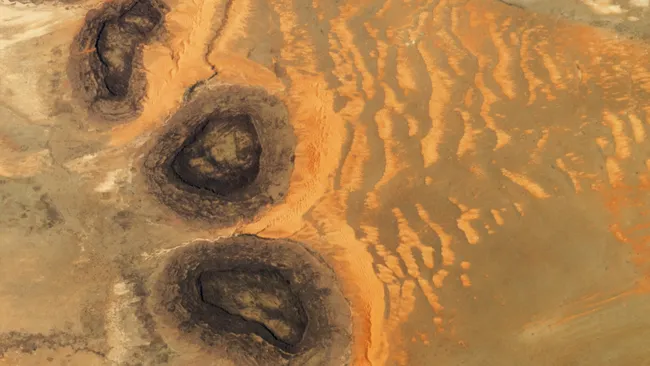

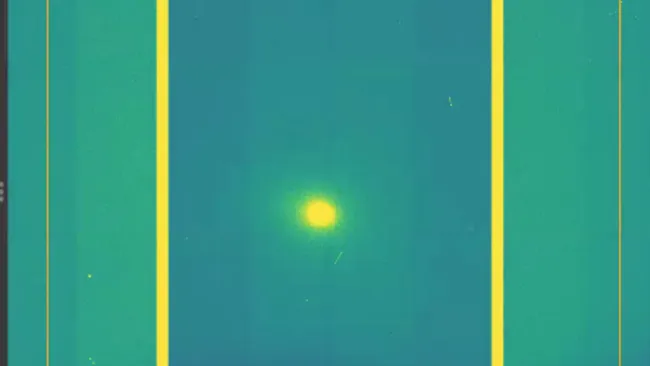




Leave a Reply